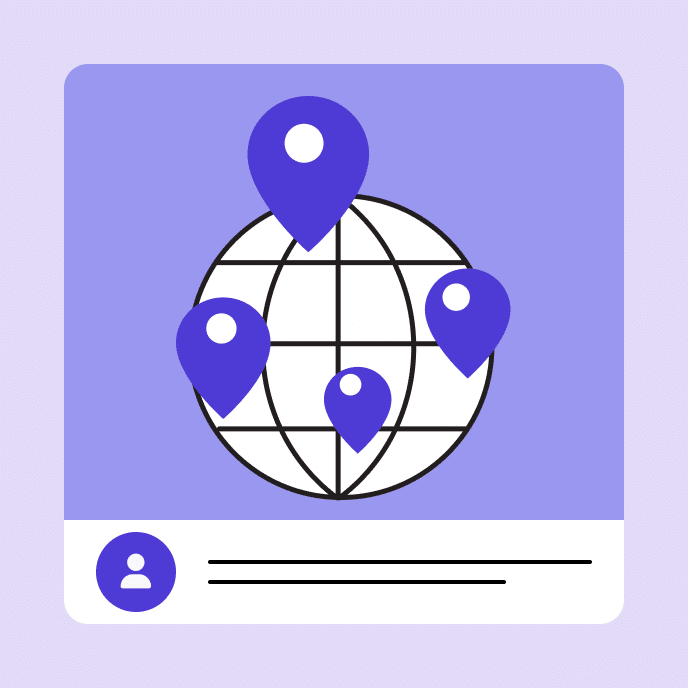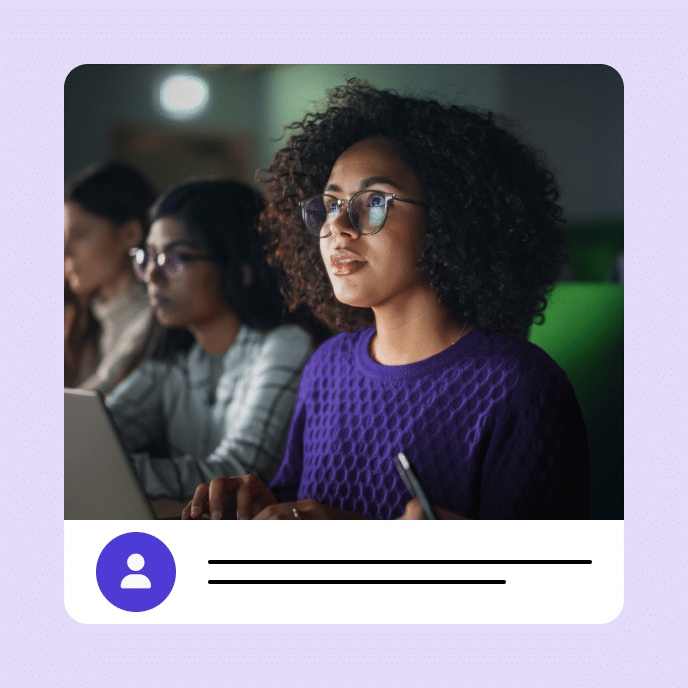What is translation?
Translation is the process of converting text in one language to another language. It is essential for facilitating communication in a globalized world, allowing people who speak different languages to exchange ideas and break down misunderstandings.
Example: We don’t just translate the text in our e-learning courses. We also localize the content, updating images, writing tone, examples, and more so all the material is as relevant as possible for our target audience.
What is translation software?
Many types of software exist today to help facilitate the translation process. These tools often use AI algorithms to detect language and translate it, allowing for significantly faster and often more consistent translation. Some allow for converting written source text to another language, while others may allow the user to translate by voice. As with any AI-generated text, AI translations should always be reviewed by human subject matter experts to ensure the accuracy and quality of results.
Translation vs. localization
While translation focuses solely on converting text into another language, localization takes the process a step further. Beyond written or spoken words, localized content ensures all content is culturally relevant. This may include multimedia elements, examples, case studies, scenarios, and more.
By ensuring that all content—not just text—is customized for a particular audience, localization may unlock higher levels of understanding and provide a more relevant adaptation for learners of different cultural backgrounds.

Related terms
You may also like
Ready to get started with the leading course authoring tools?
Articulate has everything you need to create better workplace training. Start creating for free today.



